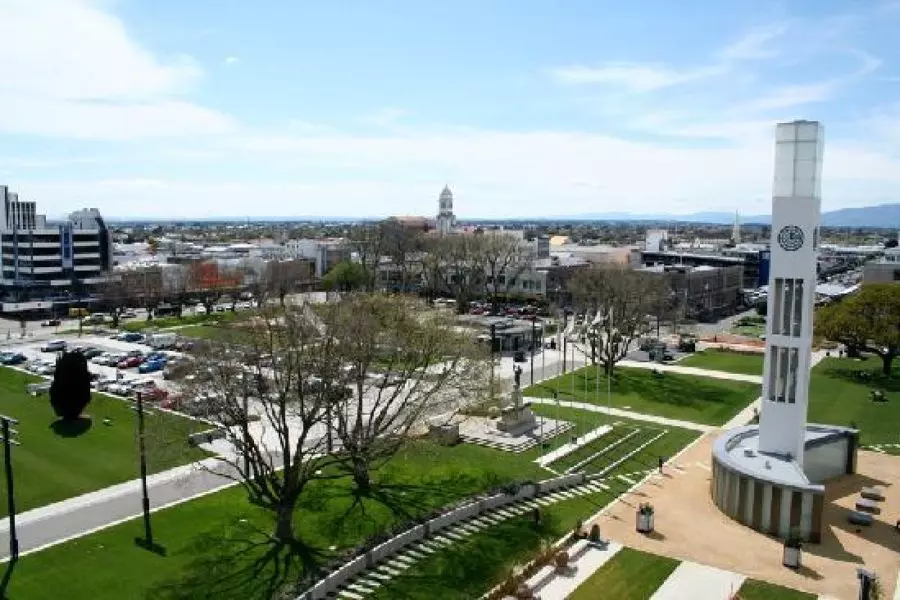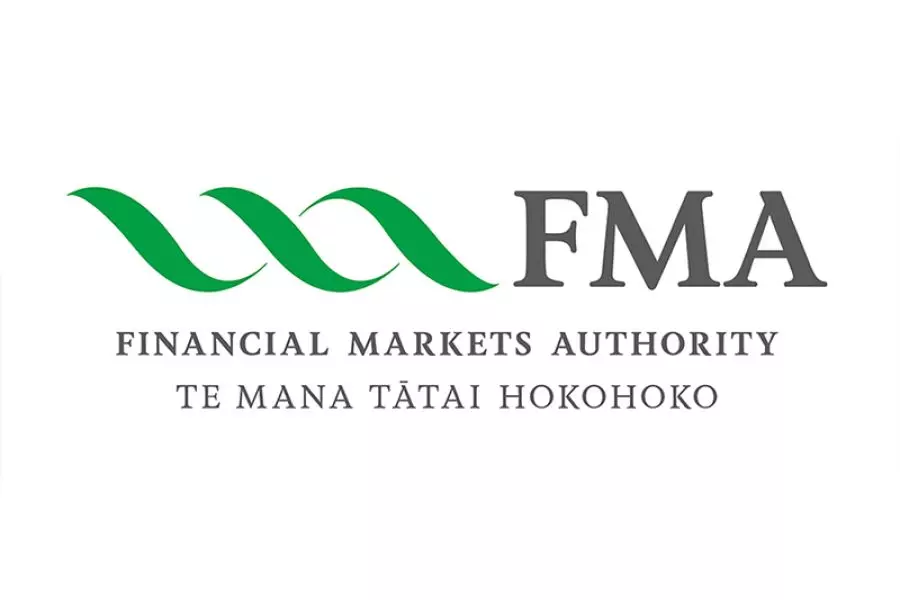News
Palmerston North housing’s big mover

Monday 24th of November 2014
Has comedian John Cleese’s 2006 quip that “grotty” Palmerston North is the “suicide capital” of New Zealand been taken seriously? Almost as a leap of faith, Palmerston North is becoming a risk free area to invest in housing.
Massey University calls itself the engine of the new New Zealand. And Palmerston North is providing the perfect vehicle for that engin...
Want to read the full article?
Click the button below to subscribe and will have unlimited access to full article and all other articles on the site.
8 min read
10 min read









![[The Wrap] Bye Bye Bayly](https://goodreturns.publit.io/file/c_fill,w_900,h_600/39f23ac1-f7c7-4854-b700-a150004ebbac.webp)